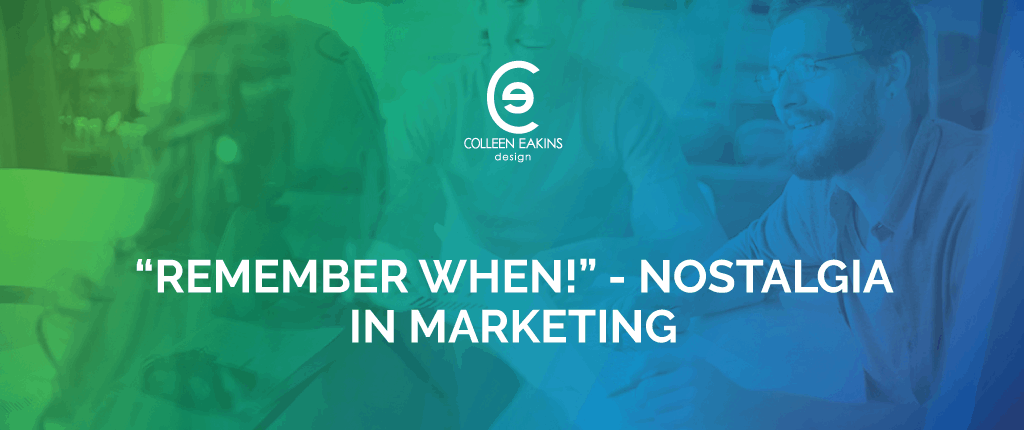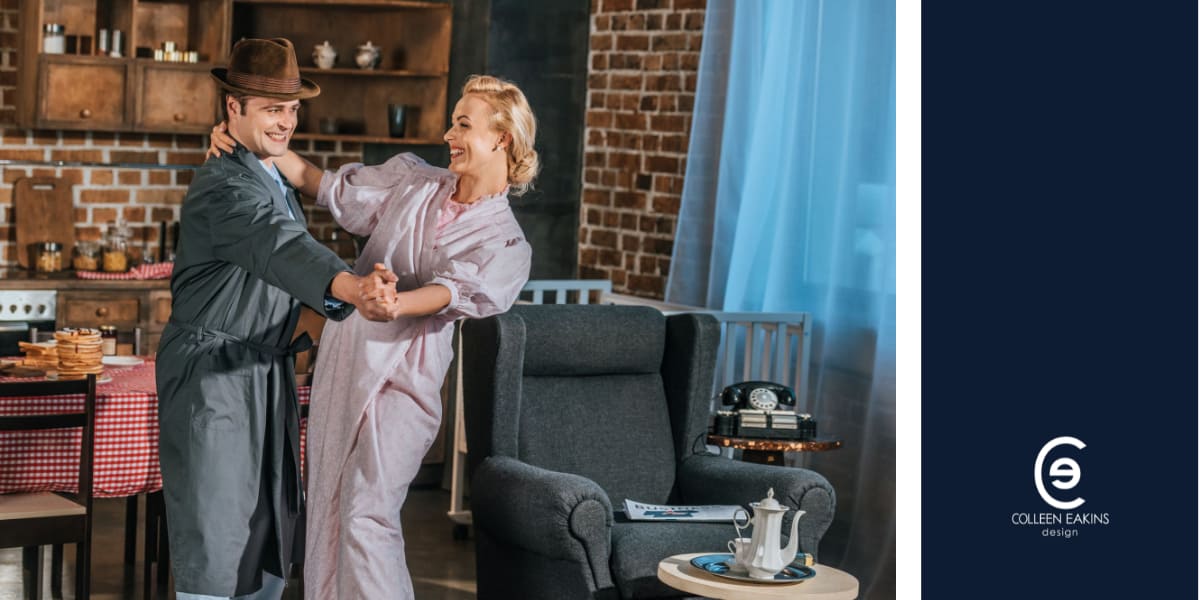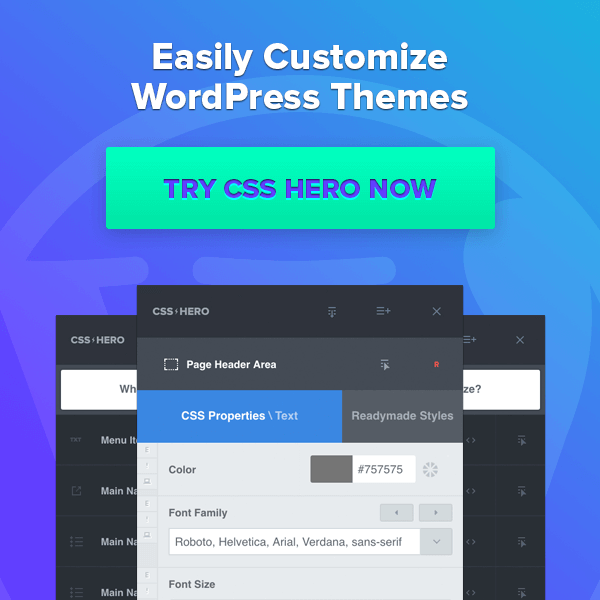“Remember when!” – Nostalgia in Marketing
What is nostalgia marketing?
This is a marketing tactic that allows brands to draw on the positive cultural memories from previous decades that are designed to engage with today’s campaigns and company offerings.
And there is no better time for companies to utilize nostalgia in their strategies than now! So many treasured local and small businesses have closed their doors since 2020, as they tried to survive in a global pandemic. An overwhelming sense of loss, confusion, and frustration consumed the masses, and this sense of bringing back what once was great about communities echoes through to marketing campaigns to embody what people will be pleading for – the memories of what was once before.
Benefits of Nostalgia Marketing
By incorporating aspects of the past into your modern campaigns, your company can unlock more than persuading the consumer to invest in your company in the intended way – you evoke an emotional reaction through all of the consumer’s senses, which in marketing is the ultimate goal. Through your campaign’s message, visuals, sounds, and the consumer’s memories they can feel and smell that moment in their life and feel connected to your brand. They have completely immersed themselves with you by being receptive to your messages that will ultimately keep them engaged.
How can companies achieve this?
- Attention to detail – little nuances that will really entice the senses with your customers. This could be a simple image to music.
- Multi-channel use – use nostalgia within your social media posts as part of #tbt (Throw Back Thursday) along with regular content.
- History – Research and find out what makes your audience feel special from the message. Look at dates in history and how it interacts with the company or campaign timeline.
- Company Archives – Go through and dig out old photos, designs, videos, etc. – finding those gems to include in campaigns can be your golden ticket! The play-off ‘then vs now’ of your company is not only a fun engagement tool but an activation and reactivation tool for consumers.
- Know your audience – the history you choose to incorporate in campaigns should be easily understood by the target audience whether it is by age, geographical, etc.
Millennials and Nostalgia
In this age group (those born from 1981-1996), which makes up about 20-25% of the population in North America, are the only group to be able to differentiate between a childhood with and without major technological advances. They also grew up in a period of economic turmoil, difficult job market, and large international and domestic terrorism events – all of which have given millennials a sense of “early-onset nostalgia” and makes them more receptive to nostalgia marketing, where they are looking for a way to remember simpler and easier times earlier than the generations before.
The rise in property versus the rise in wages has given millennials a delay in “adulthood”, which has allowed millennials to focus on what leisure savings they have for outings and travel to have experiences versus things and create memories. These memories are what give them optimal characteristics for nostalgia in marketing campaigns with the combination that they are the largest living generation in 2019, which should indicate who companies should direct messages to.
Designing for Nostalgia
Colors and Gradients
Muted color palettes have been strong in 2021. Design is reminiscent of sitting in the local library smelling the pages of books or pulling out the Little Golden Books from your childhood. A sense of security and calmness will encompass the design from the muted colors.
Illustration Aspects
The use of flat illustrations that have been moving through 2021, which is suggestive of vintage (mid-century modern) design elements that can add fun components in a creative way to stand apart in your logo or specific marketing elements of your brand. There has been a move toward a more delicate touch to illustrations, with the use of natural elements (and use of a muted color palette), hoping to embody and evoke a warm, homey feel from the consumer.
Within these illustrations or infographics (that still are very popular and widely used) the use of simple icons to embody a certain category or data point make it easily digestible for the consumer.
Incorporating shapes into design always give pieces dimension. In 2021, we have seen shapes, especially those with more rigid lines that create a contrast to the muted color palette.
Classic Fonts
From 2019 through mid-2020, bold fonts were in the forefront. These fonts were used to convey innovation and “against the norm”, but through the end of 2020 and into 2021, we see classic fonts on the rise as it sticks with the nostalgia theme the consumer seeks after the global pandemic.
Why are fonts important? Well, in order to make most designs work, there must be a way to convey the message through more than just imagery. The way words are shown in the design should be well thought through if the typography is adhering to brand guidelines while matching the look and feel of the creative.
One font that seems to always keep a prominent stance is the serif font. These fonts date back to the 15th century and in the public eye are seen as classic and trustworthy. We see many financial services companies use this font for this reason.
Next Steps
2021 is just starting to let its foot off the gas from a hectic year and a half and the consumer is yearning for a sense of home and comfort. How can your company tailor this need into creating an engaging and persuasive campaign while providing positive memories?
When determining your marketing efforts to employ all the senses, contact Colleen Eakins Design to set up a consultation to learn how we can best support you.






